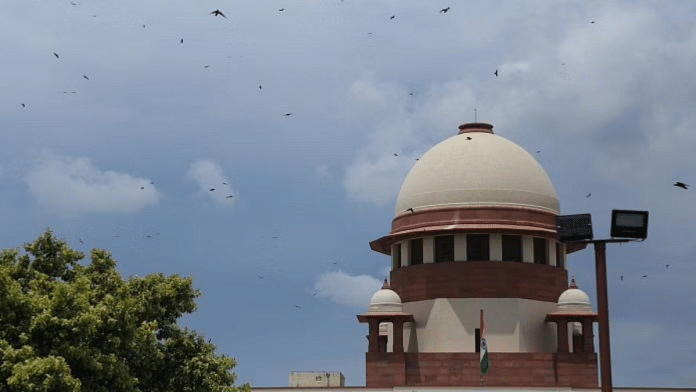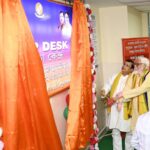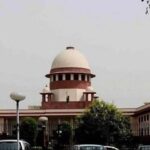Article 142(1) of the Constitution : “The Supreme Court in the exercise of its jurisdiction may pass such decree or make such order as is necessary for doing complete justice in any cause or matter pending before it, and any decree so passed or order so made shall be enforceable throughout the territory of India in such manner as may be prescribed by or under any law made by Parliament and, until provision in that behalf is so made, in such manner as the President may by order prescribe.”
This provision implies that the Supreme Court would pass a decree or enforce its orders with the goal of ensuring “complete justice” in all matters pending before it, regardless of the parties involved.
Therefore, the noise over the Supreme Court invoking “complete justice” from time to time is uncalled for and irrelevant. After all, no one claims the Supreme Court should deliver “incomplete” justice. The more pressing question is: how the Supreme Court goes about achieving its goal of doing “complete justice”.
Ordinarily, the judiciary’s job is to evaluate the laws and deliver justice. Courts are not expected to invent new law where none exists, or where the existing law is unambiguous.
As the final interpreter of the Constitution, the Supreme Court may sometimes read a provision in a way that might militate against our common sense, but we have to defer to the court’s interpretation as just and fair.
That said, even the Supreme Court is not empowered or expected to import new words or meanings into a law that is totally alien to its scheme. That power lies with Parliament, which can amend the Constitution by adding or deleting words. In recent years, however, the Supreme Court has, in the name of “complete justice” or clarity, read meanings into constitutional provisions that were never written into the original text.
One such occasion was when it interpreted the words “consultation with the CJI” in to imply concurrence with the CJI or the Supreme Court collegium in the matter of appointment of judges to the higher courts by the President. But “consultation” and “concurrence” are fundamentally different. “Consultation”, according to the Cambridge Dictionary, is a discussion to seek opinion or advice—where the final decision still rests with the one who consults. “Concurrence” means agreement—where the agency passes to the one being consulted. In this case, the CJI and the Collegium. In the Supreme Court’s interpretation, the agency of decision-making moves from the President to the Chief Justice.
This raises a deeper question of constitutional integrity: at what point do judicial reinterpretations alter the original text so much that the Constitution, in effect, becomes something else? Both Article 124(2) and Article 200 did not have words now imported into them by the Supreme Court.
Meanwhile, the executive still acts on Collegium recommendations—sometimes promptly, sometimes with delay. Those unhappy with the government criticise the delay as executive interference in judicial independence. But in the prevailing generalisation that politics is not morally good and judges are above reproach, the de facto amendments made by the Supreme Court in the Constitution is ignored while the executive’s protests are described as high-handedness.
By interpreting consultation to imply concurrence, the Supreme Court has compelled the President to agree with the opinion of the CJI or the Collegium in judges’ appointments. In the Tamil Nadu Governor case, the Court went a step further by setting timelines for constitutional authorities to act—despite no such timelines being mentioned in Article 200. It can be safely concluded that the Supreme Court could, if it were to apply the same logic to judicial appointments, declare that any delay by the executive in issuing appointment warrants amounts to tacit approval—and that the recommended candidates are deemed appointed.
In such a case, even the President’s signature and seal could be subsumed under such an order. Such a development would render the President, that is the executive, a mere rubber stamp, or worse, entirely redundant. “Consultation” has already become “concurrence” and now appointment could be “deemed”. In both cases, the President’s constitutional role is effectively erased.
In the meantime, the backlog of pending cases in the courts keeps growing—now measured in years, not months. Yet, unlike in the case of the delay in assenting to the bills, there is nobody to set a deadline on courts. In theory, the judiciary is accountable to a book, the Constitution, whose only owner seems to be the judiciary itself. A book, no matter how sacred, has no way of enforcing accountability.
Satyananda Mishra is former secretary, Department of Personnel and Training (DoPT). Views are personal.
(Edited by Prashant)








